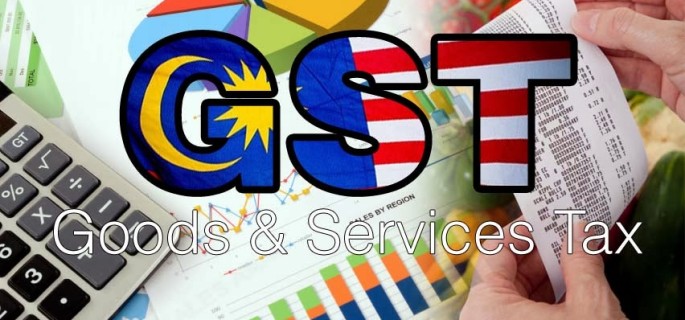Why It's Critical to Get Your GST Registration Done Today in Singapore
Why It's Critical to Get Your GST Registration Done Today in Singapore
Blog Article
Step-by-Step Overview to GST Registration: Everything You Required to Learn About the Application Process

Eligibility Standards for GST Registration
Satisfying the qualification criteria for GST registration is an essential need for companies running in India. Based on the Product and Services Tax (GST) regulation, entities associated with the supply of solutions or products have to sign up for GST if their yearly turnover surpasses the recommended threshold. For regular businesses, this limit is established at 40 lakhs for items distributors and 20 lakhs for company. In addition, particular unique group states have a reduced threshold of 10 lakhs. Companies included in inter-state supply, laid-back taxable persons, non-resident taxable persons, and those needed to pay tax obligation under the reverse cost device have to additionally sign up for GST, irrespective of their turnover.
In addition, particular organizations such as ecommerce drivers, agents of a distributor, input service representatives, and individuals providing through shopping platforms are additionally needed to register for GST, despite their turnover. Recognizing and satisfying these qualification criteria are critical steps for organizations wanting to abide with the GST regulations in India.
Required Records for Application
When applying for GST registration, businesses need to provide specific files to complete the application process successfully and accurately. The needed records differ depending on the kind of service entity looking for registration. Guaranteeing that all necessary documents are in order and sent properly is important for a smooth GST registration procedure.
Step-by-Step Application Refine
To effectively finish the GST registration process, services must comply with an organized detailed application treatment. Next, provide the required information such as the lawful name of the business, PAN, email address, mobile number, and state in which the company is located.

Comprehending GST Enrollment Costs
Recognizing the fees related to GST registration is crucial for businesses seeking Read More Here conformity with tax obligation regulations. The GST enrollment fees differ depending upon the type of organization entity making an application for registration. For regular taxpayers, the fee is 1000, split equally in between the Central and State Governments. For organizations operating in numerous states, the fee is 5000, additionally split between the Central and State Governments. When it comes to non-resident taxpayers or casual taxpayers, the enrollment charge is 5000. Additionally, certain entities are excluded from paying the registration charge, such as input solution distributors, UN bodies, embassies, etc. It's crucial for companies to aspect in these registration fees when planning their compliance spending plan. Failure to pay the requisite costs can cause delays in the enrollment procedure and non-compliance check this site out with GST policies, resulting in fines and lawful consequences. Understanding and budgeting for these costs are important parts of the GST registration procedure.
Preventing Common Application Blunders
In navigating the GST registration process, avoiding common application errors is essential for organizations aiming to improve conformity treatments and avoid potential troubles. Furthermore, businesses often forget the value of selecting the correct organization framework throughout registration. By carefully double-checking all details and assessing provided throughout the GST enrollment application, organizations can alleviate these common errors and help with a smoother registration process.
Conclusion
Finally, understanding the eligibility standards, called for records, application procedure, costs, and typical errors to avoid are important steps in efficiently registering for GST. By adhering to the step-by-step overview provided, services can ensure a efficient and smooth application process. It is necessary to abide by the guidelines established forth by the authorities to stop any delays or difficulties in the enrollment pop over to these guys process.

The GST enrollment costs vary depending on the type of organization entity applying for enrollment. Additionally, services commonly ignore the significance of choosing the proper company structure throughout enrollment - Get your GST registration done today in Singapore. By thoroughly assessing and double-checking all info offered throughout the GST enrollment application, organizations can mitigate these common errors and assist in a smoother enrollment procedure
Report this page